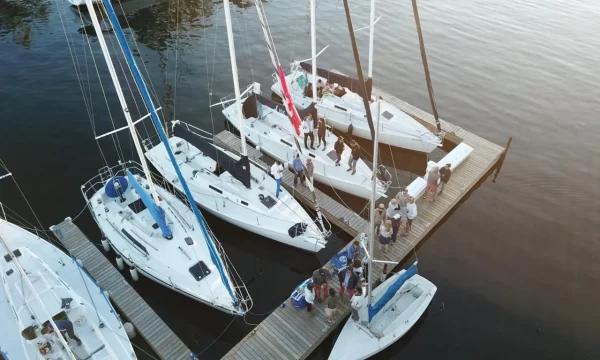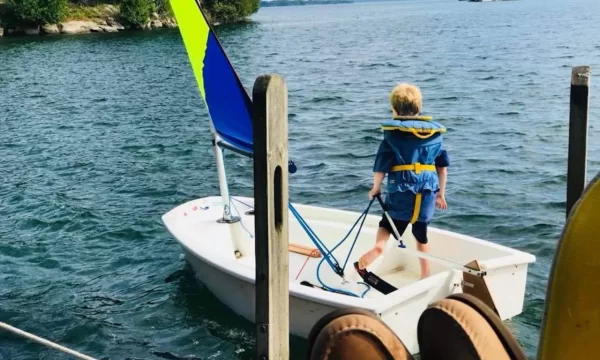Proposed changes to the Small Vessel Regulations for licensing a pleasure craft were published in the Canada Gazette, Part I on May 13, 2023. You have until July 12, 2023 to provide comments and feedback on these proposed regulations. See the summary of the proposed changes below.
How to provide comments
You can provide your comments using the online commenting feature on the Canada Gazette website. For more information on this new feature, please visit the Canada Gazette information page “How to Comment on Proposed Regulations.”
Proposed changes
The proposed amendments to the Small Vessel Regulations would enhance the quality of data collected in the Pleasure Craft Electronic Licensing System by:
• establishing a 5-year validity period for all pleasure craft licences including those with lifetime licences
• reducing the timeframe for licence holders to provide a change of information (i.e. name or address) from 90 days to 30 days
• requiring the new owner of a pleasure craft to apply to transfer a pleasure craft licence upon purchasing the pleasure craft
• expanding the Pleasure Craft Licensing requirements to include wind-powered pleasure craft above 6 metres in length. These updated requirements would not apply to human-powered pleasure craft, such as kayaks, canoes, and dragon boats
• providing the Minister of Transport with the ability to cancel a pleasure craft licence for non-compliance or upon a licence holder’s request
The proposed changes would also include:
• introducing a $24 fee for an initial (new), renewal, transfer, or a replacement pleasure craft licence. The proposed fee is different from earlier consultations to reflect the increasing delivery costs of providing the service
• adjusting the $24 fee to keep pace with inflation
• formalizing the current practice for Manufacturer Identification Code (MIC) holders to update their contact information within 30 days of the change
What is a pleasure craft licence
A pleasure craft licence is a document issued by Transport Canada which contains a unique licence number used to identify a vessel. This number allows authorities and search and rescue personnel to access important information in an emergency. It also supports efforts to maintain accountability and compliance with safety and environmental regulations.
What’s next
Comments and feedback received during this consultation period will help inform the next step of the regulatory process which is publication in the Canada Gazette, Part II. Following the publication of the Regulations in the Canada Gazette, Part II, the regulations will come into force.






